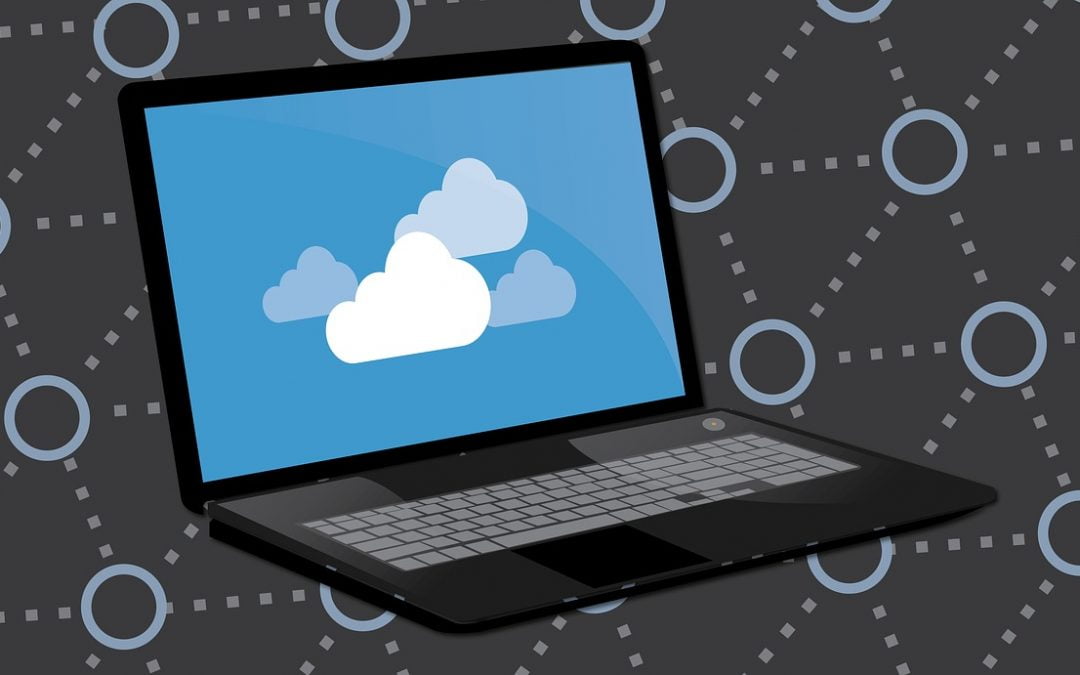These days, pretty much every business uses the cloud in some form. In 2018, it was estimated that over 90% of businesses used cloud services, and that number will only grow as organizations continue to see the great benefit in investing in cloud services. Estimates also show that organizations allocate more than a quarter of their spending on cloud services, outpacing spending increases on overall IT needs, and it’s easy to understand why.
The cloud provides unparalleled business advantages, from speed to scalability. Of course, with such increased usage, businesses with any part of their infrastructure in the cloud, are also understanding that there’s a greater need to monitor cloud performance. Any savvy business knows that an organization simply can’t afford to have delayed web application response times (especially in this fast-paced, “need-it-now” world), data breaches, downtime, under-resourced workloads, etc.
That’s where cloud monitoring comes in. It’s a resource that helps provide continued availability, high performance, quick response times, monitors resource consumption levels, and helps predict potential problems. Cloud monitoring is the process of managing and reviewing all operational workflow and processes within a cloud infrastructure. Most often, it’s implemented through automated monitoring software that controls the cloud infrastructure.
Cloud monitoring makes it easy to identify patterns and discover potential security risks within a given infrastructure. Admins can fully monitor the operational status and health of cloud servers and its components, regardless of the type of cloud structure you use. This monitoring is absolutely essential when it comes to securing not only your company’s data but your clients’ information. Fortunately, cloud monitoring makes this task easy, as this tool also provides the following capabilities:
- Monitoring of massive amounts of cloud data across many locations
- Integration with other cloud applications
- Auditing and reporting to better manage security compliance
- Increased visibility into organization-wide applications, users and user habits, file behaviors, and insight into potential security breaches
- Monitoring to ensure new and modified files are scanned in real time
Cloud Monitoring Best Practices
So, with such a powerful resource at your fingertips, what can you do to better ensure the optimization of your cloud service performance and ultimately reduce downtime? There are some key measures you can take to avoid the most common pitfalls. These include:
- Security – Security is perhaps the number one concern when it comes to the cloud, so achieving it is absolutely essential. You must gain firm control over data at every turn to help mitigate potential threats. The best way to do this is to continuously scan and analyze cloud information so that you can take action on data before it ever leaves the network. This will help protect against loss. You also need to take the same measures to classify data before it’s downloaded to the network in order to avoid breaches and introduced malware.
- Application Workflow – When you adhere to an application’s workflow, you can better identify where and when delays occur. This is especially important, as an application’s response time and supporting resources are key to understanding overall performance.
- APIs – Poorly designed APIs (Application Programming Interface) can lead to all sorts of cloud performance issues. But, you can avoid this by using APIs that operate by objects rather than operations. You want consistent designs and fewer data type restrictions for optimum performance.
Cloud monitoring requires tools that take proactive measures to track everything from performance to availability while ensuring that your valuable data transfers securely. With proper oversight, you’ll be able to mitigate cloud risk and leverage all of the invaluable benefits the cloud can provide your business.


Recent Comments